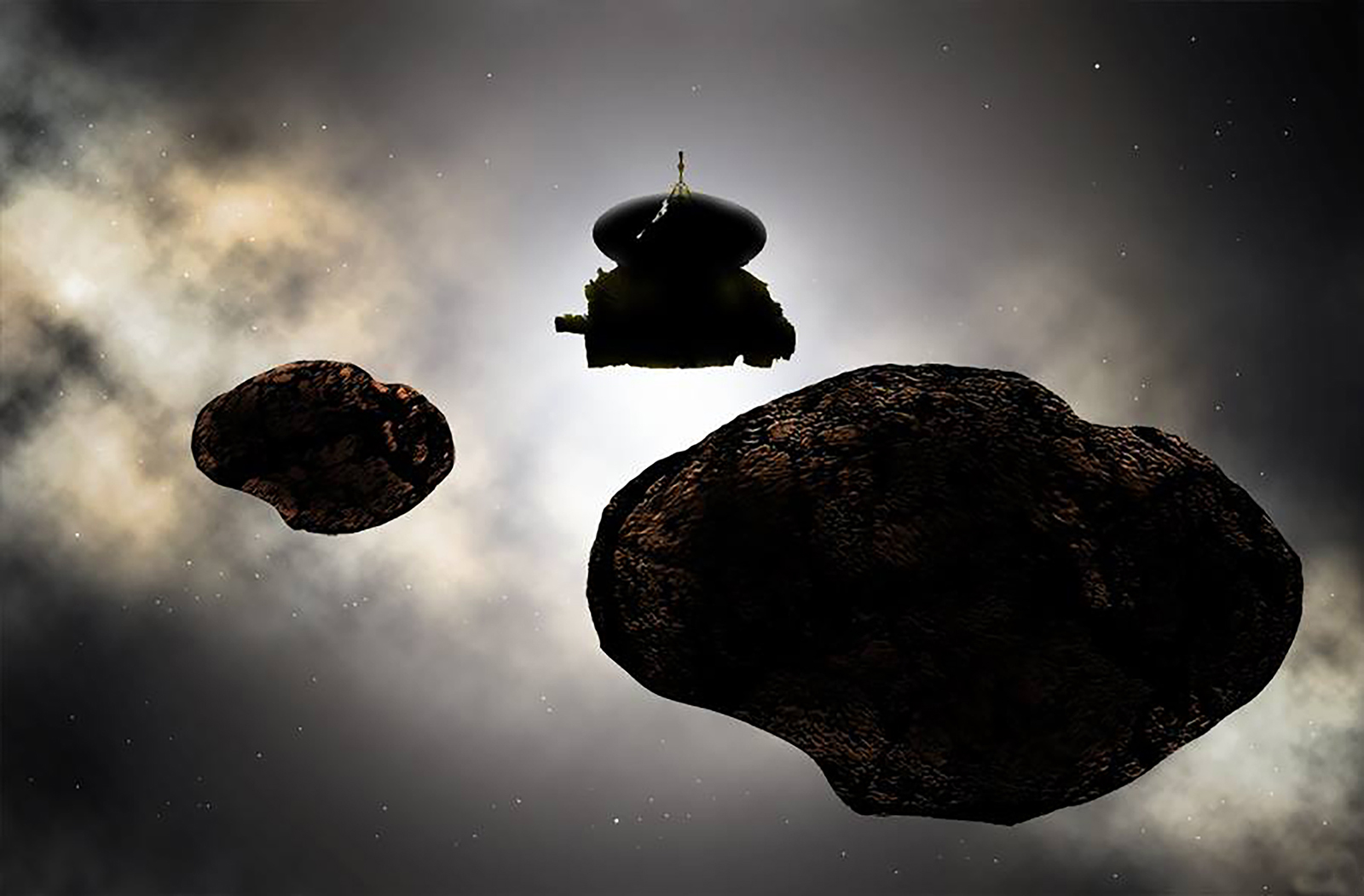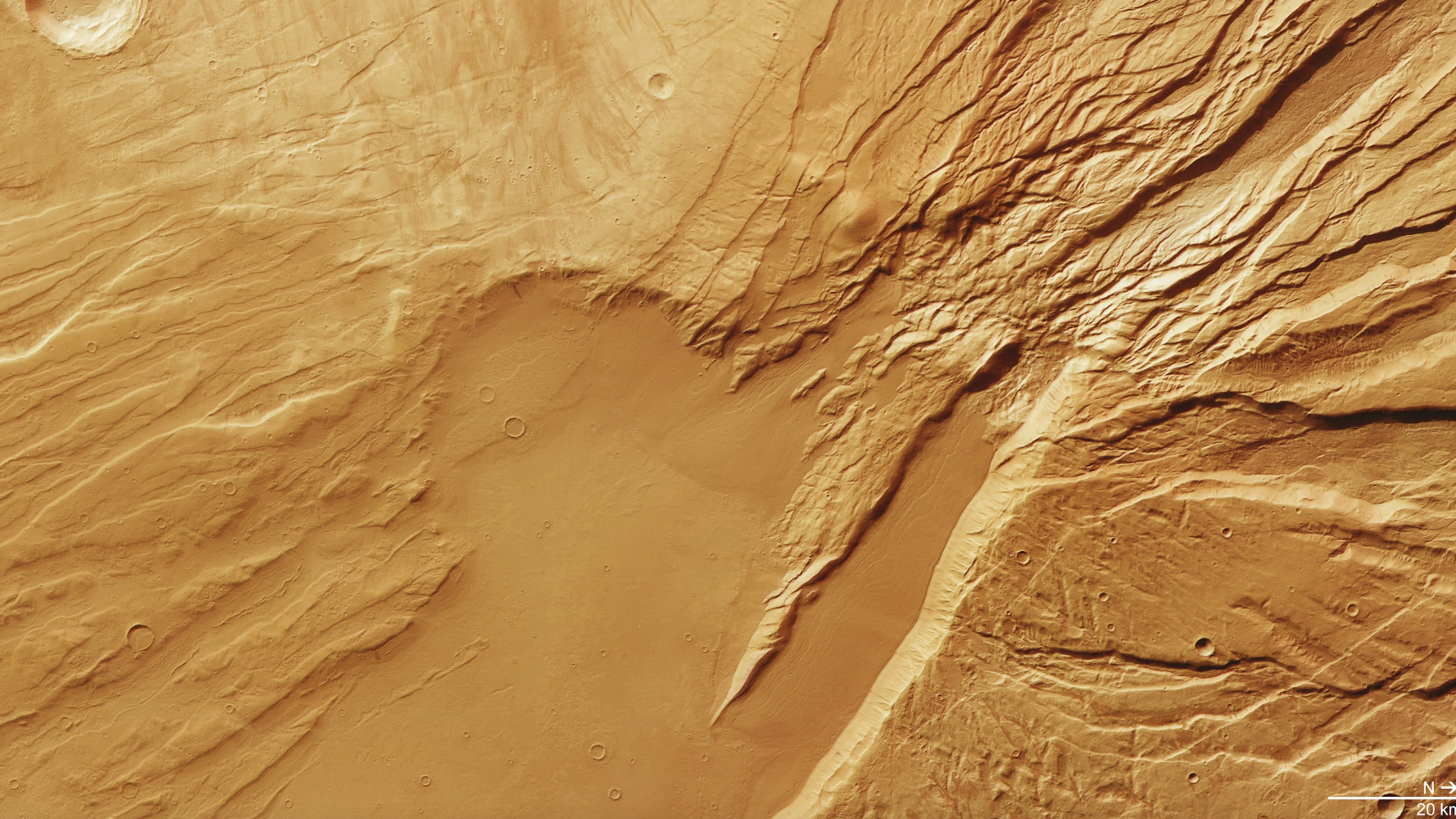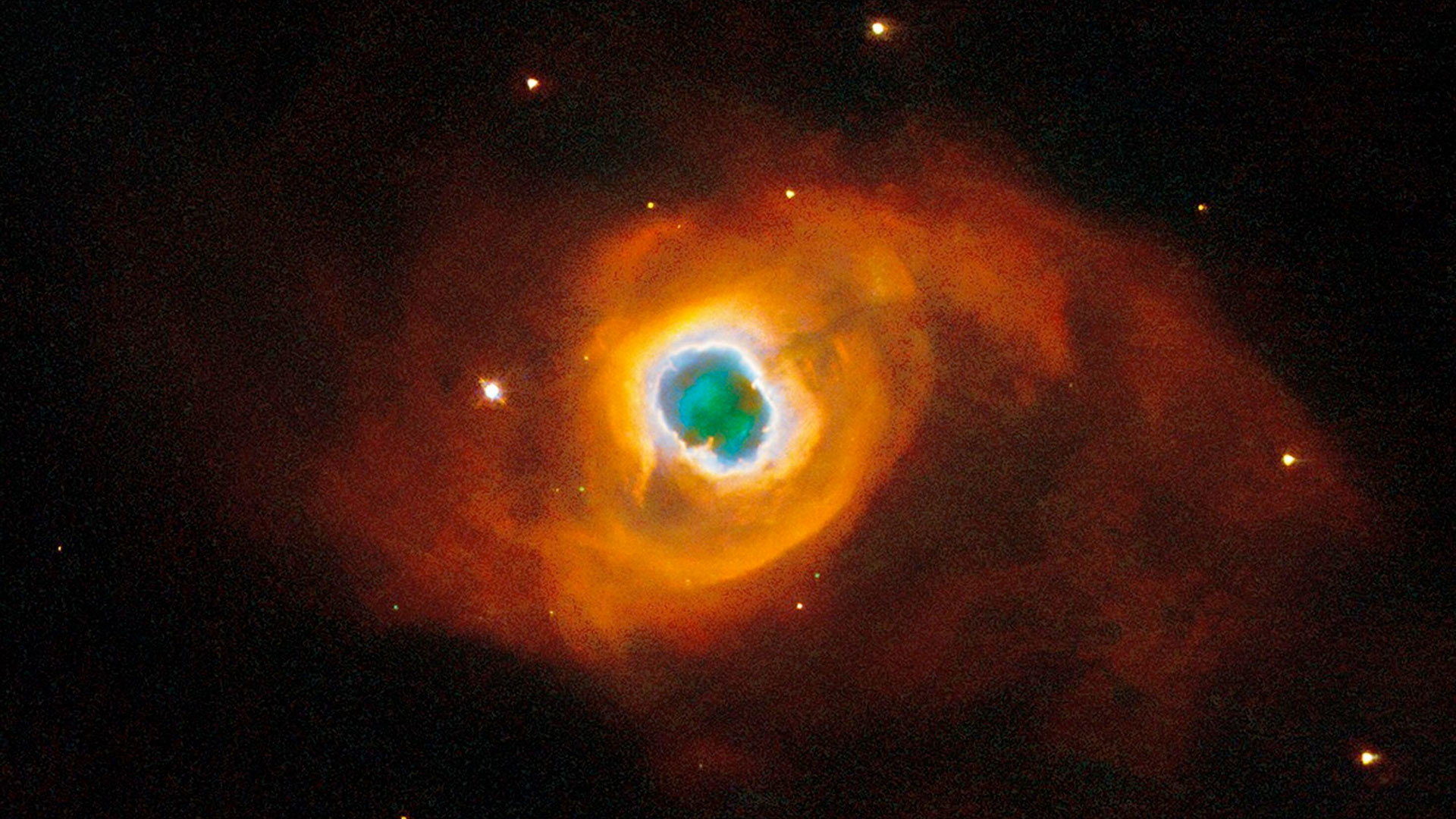You Can Give New Horizons' Next Flyby Target a (Temporary) Name

You have the chance to hang a nickname on the small, distant object that NASA's New Horizons spacecraft will zoom past on Jan. 1, 2019.
That flyby target now goes by the rather uninspiring moniker "(486958) 2014 MU69." But the New Horizons team wants to jazz things up a bit, so they're soliciting nickname suggestions from the general public.
"The campaign is open to everyone," New Horizons team member Mark Showalter, of the SETI (Search for Extraterrestrial Intelligence) Institute in Mountain View, California, said in a statement. "We are hoping that somebody out there proposes the perfect, inspiring name for MU69." [Destination Pluto: NASA's New Horizons Mission in Pictures]
You can submit a suggestion through Dec. 1 at http://frontierworlds.seti.org. NASA and New Horizons team members will announce the winner in early January.
To be clear: That winner will be a nickname, not the new official appellation of MU69.
"After the flyby, once we know a lot more about this intriguing world, we and NASA will work with the International Astronomical Union to assign a formal name to MU69," Showalter added. "Until then, we're excited to bring people into the mission and share in what will be an amazing flyby on New Year's Eve and New Year's Day, 2019!"
The upcoming flyby will be the second for the $700 million New Horizons mission, which famously cruised past Pluto on July 14, 2015. Before that close encounter, the best photos of the dwarf planet showed a mere blur of pixels. But New Horizons' stunning imagery revealed a complex, diverse world with a variety of landscapes, from big mountains of water ice to a plain of frozen nitrogen 620 miles (1,000 kilometers) wide.
Get the Space.com Newsletter
Breaking space news, the latest updates on rocket launches, skywatching events and more!
Like pre-flyby Pluto, MU69 — which lies about 1 billion miles (1.6 billion km) beyond the dwarf planet — is cloaked in mystery. For example, astronomers don't even know if it's a single object; MU69 could consist of a pair of bodies, each about 12 miles (19 km) wide, New Horizons team members have said.
"New Horizons has always been about pure exploration, shedding light on new worlds like we've never seen before," New Horizons principal investigator Alan Stern, of the Southwest Research Institute in Boulder, Colorado, said in the same statement.
"Our close encounter with MU69 adds another chapter to this mission's remarkable story," Stern added. "We're excited for the public to help us pick a nickname for our target that captures the excitement of the flyby and [the] awe and inspiration of exploring this new and record-distant body in space."
Follow Mike Wall on Twitter @michaeldwall and Google+. Follow us @Spacedotcom, Facebook or Google+. Originally published on Space.com.
Join our Space Forums to keep talking space on the latest missions, night sky and more! And if you have a news tip, correction or comment, let us know at: community@space.com.

Michael Wall is a Senior Space Writer with Space.com and joined the team in 2010. He primarily covers exoplanets, spaceflight and military space, but has been known to dabble in the space art beat. His book about the search for alien life, "Out There," was published on Nov. 13, 2018. Before becoming a science writer, Michael worked as a herpetologist and wildlife biologist. He has a Ph.D. in evolutionary biology from the University of Sydney, Australia, a bachelor's degree from the University of Arizona, and a graduate certificate in science writing from the University of California, Santa Cruz. To find out what his latest project is, you can follow Michael on Twitter.









